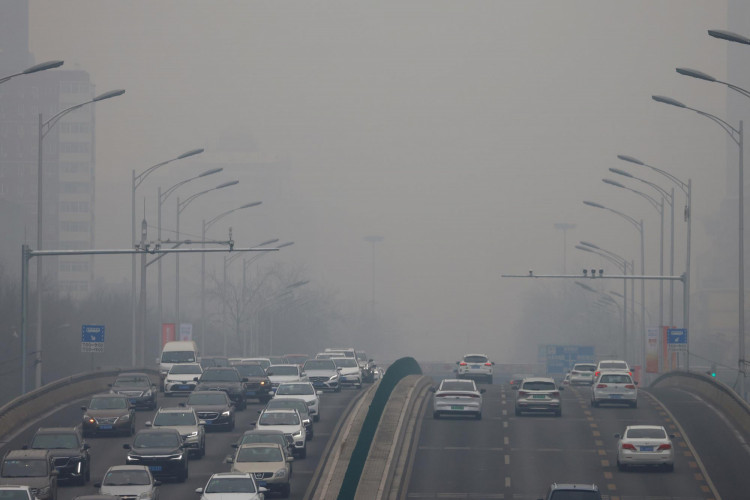LG Chem Ltd of South Korea announced on Monday that it plans to establish a hydrogen plant in South Korea by the second quarter of 2024 to create 50,000 tonnes of hydrogen annually, to cut carbon emissions.
The company state in a statement that the new plant will use technology that converts methane to hydrogen by establishing a chemical reaction under high-temperature steam.
At the new facility, LG intends to convert methane from the naphtha cracking center (NCC) to hydrogen via a chemical reaction using high-temperature steam. The hydrogen will be used as a fuel in the naphtha cracking process, which will result in the production of basic petrochemical feedstocks.
Methane, a heat source in the NCC process, is the primary source of carbon dioxide emissions. The chemical company will put its carbon neutrality commitment into action by replacing the material with high-purity hydrogen with no carbon emissions, reducing emissions by 140,000 tons annually when the plant is fully operational. LG also intends to increase the use of clean, renewable energy in the NCC process by up to 70% by 2025.
Furthermore, the company will collaborate with Taekyung Chemical, Korea's largest producer of industrial liquid gases such as liquid carbon dioxides, magnesium hydroxides, and liquid calcium hydroxides.
LG will supply Taekyung with carbon dioxide collected during hydrogen production for reuse. Taekyung's daily carbon production capacity will be increased from 820 tons to 1,420 tons. In a press release, LG stated, "LG will work to create a sustainable future through hydrogen production and carbon reuse."
In the Korean market, more than 90% of hydrogen is produced using the steam methane reforming process, which extracts hydrogen from methane, which is composed of carbon monoxide and hydrogen.
The resulting CO2 off-gas has long been regarded as an unwelcome by-product. LG Chem will collaborate with Taekyung Chemical, Korea's largest carbonic acid gas producer, to develop a solution that will use high-purity CO2 as raw material.
According to the recently signed Memorandum of Understanding (MoU), LG Chem will capture the CO2 produced by producing hydrogen using a blue hydrogen production method for supply to Taekyung Chemical, thereby creating a clean circular ecosystem.
LG Chem and Taekyung Chemical have both pledged to collaborate closely to establish a continuous CO2 supply system and various long-term uses for it.
In early morning trading, LG Chem shares were down 0.2% compared to a 1% drop in the benchmark KOSPI.






